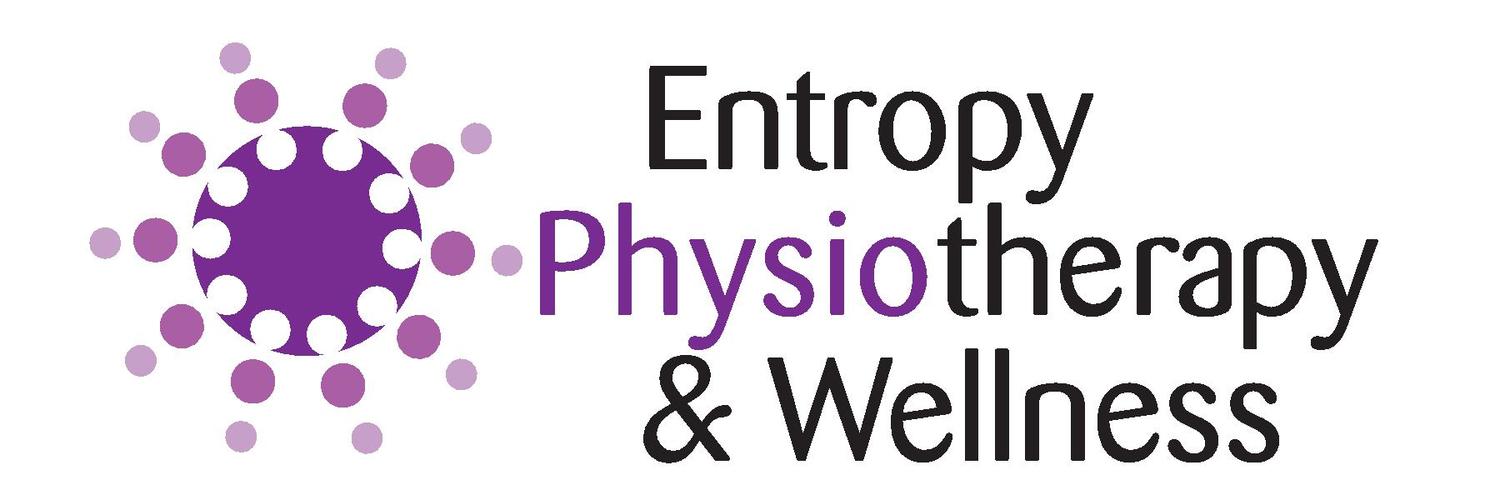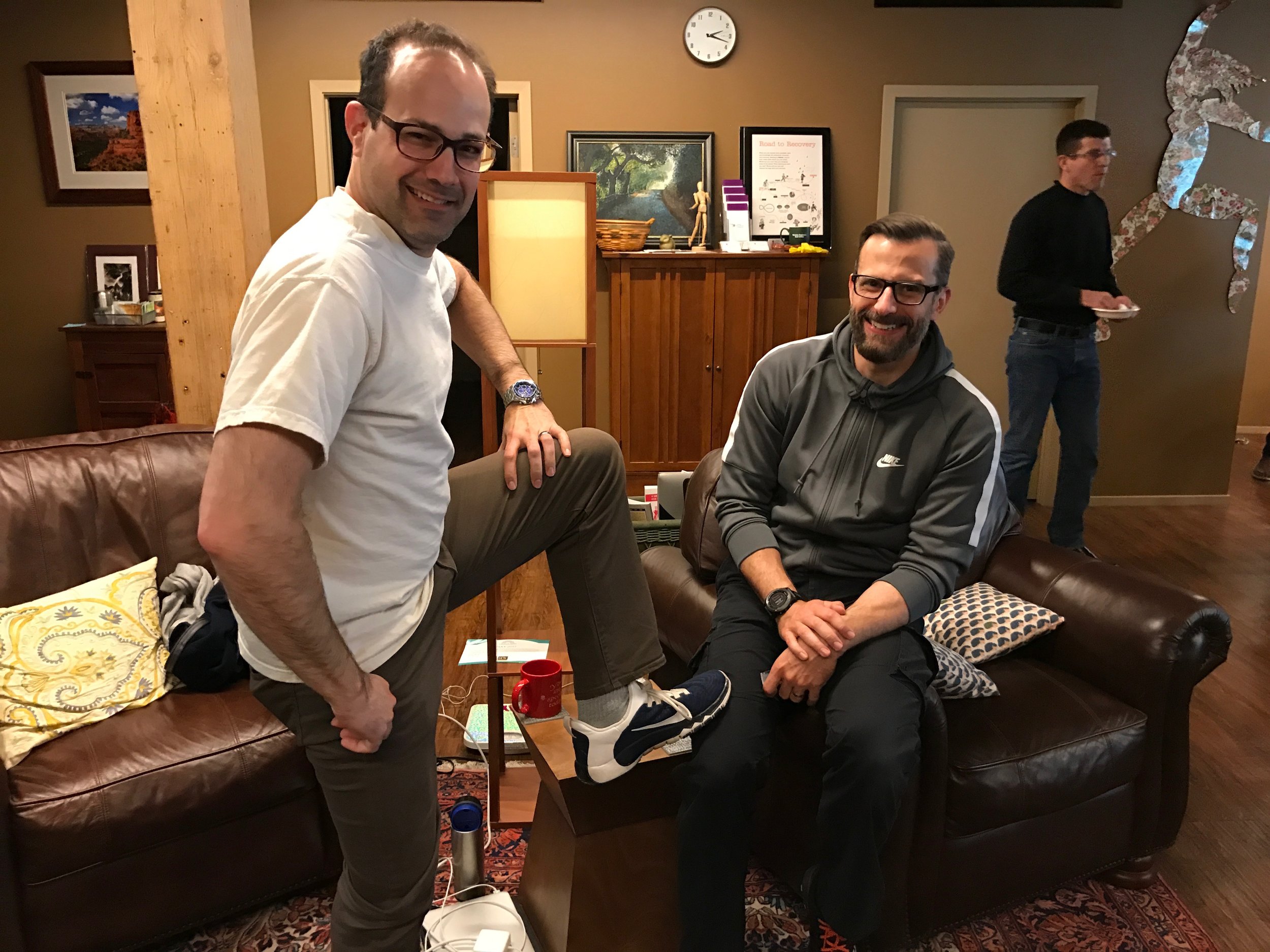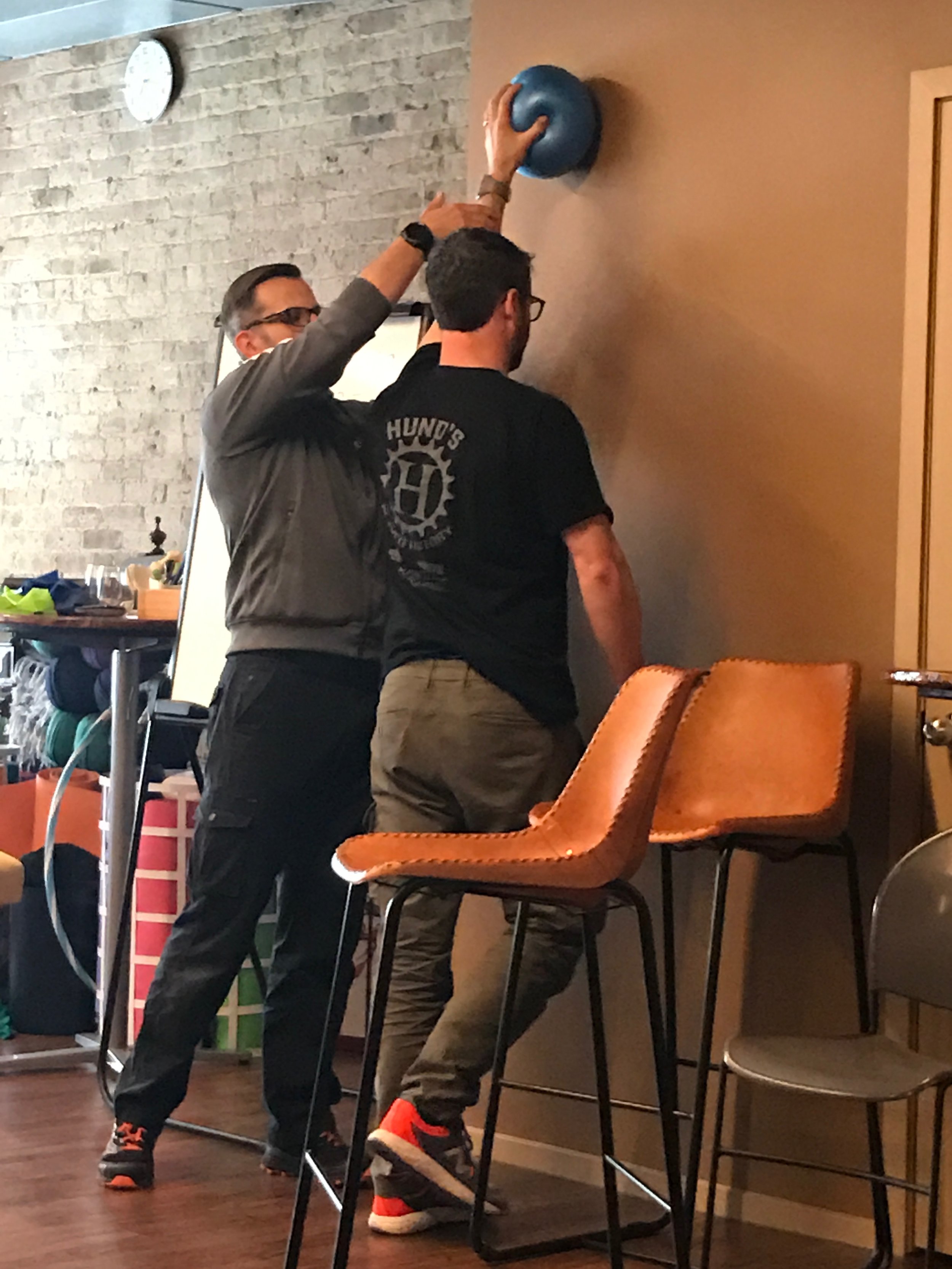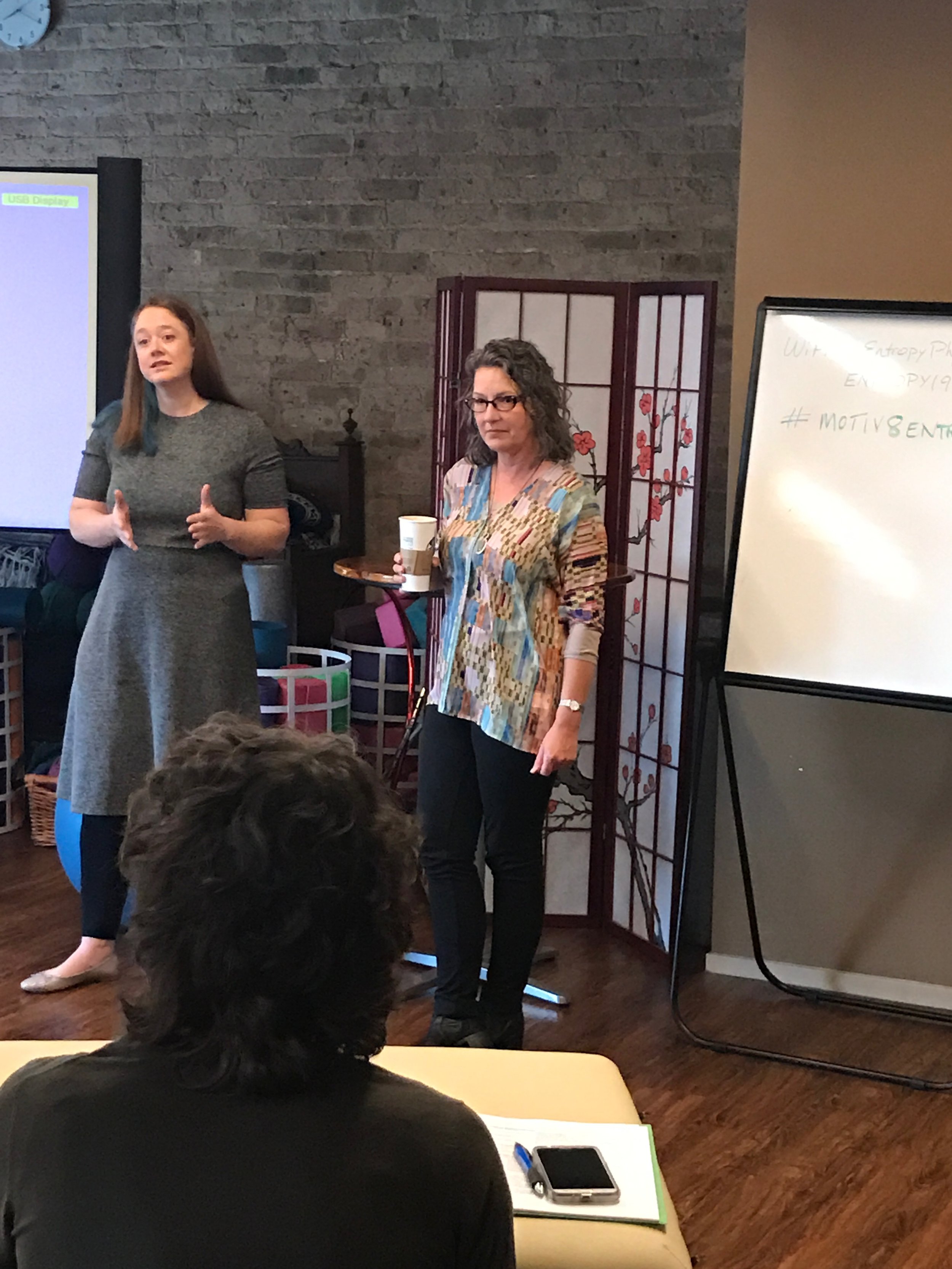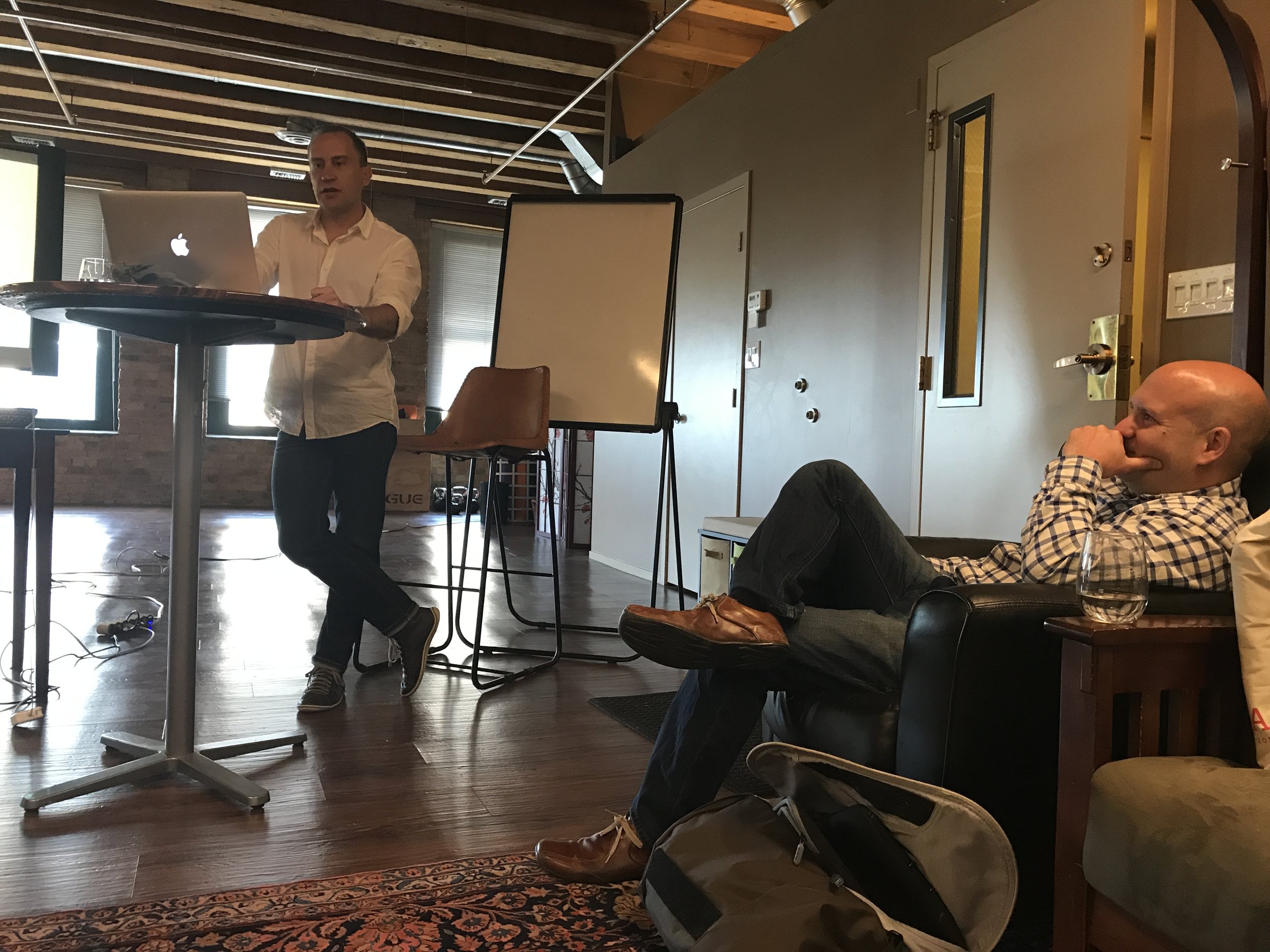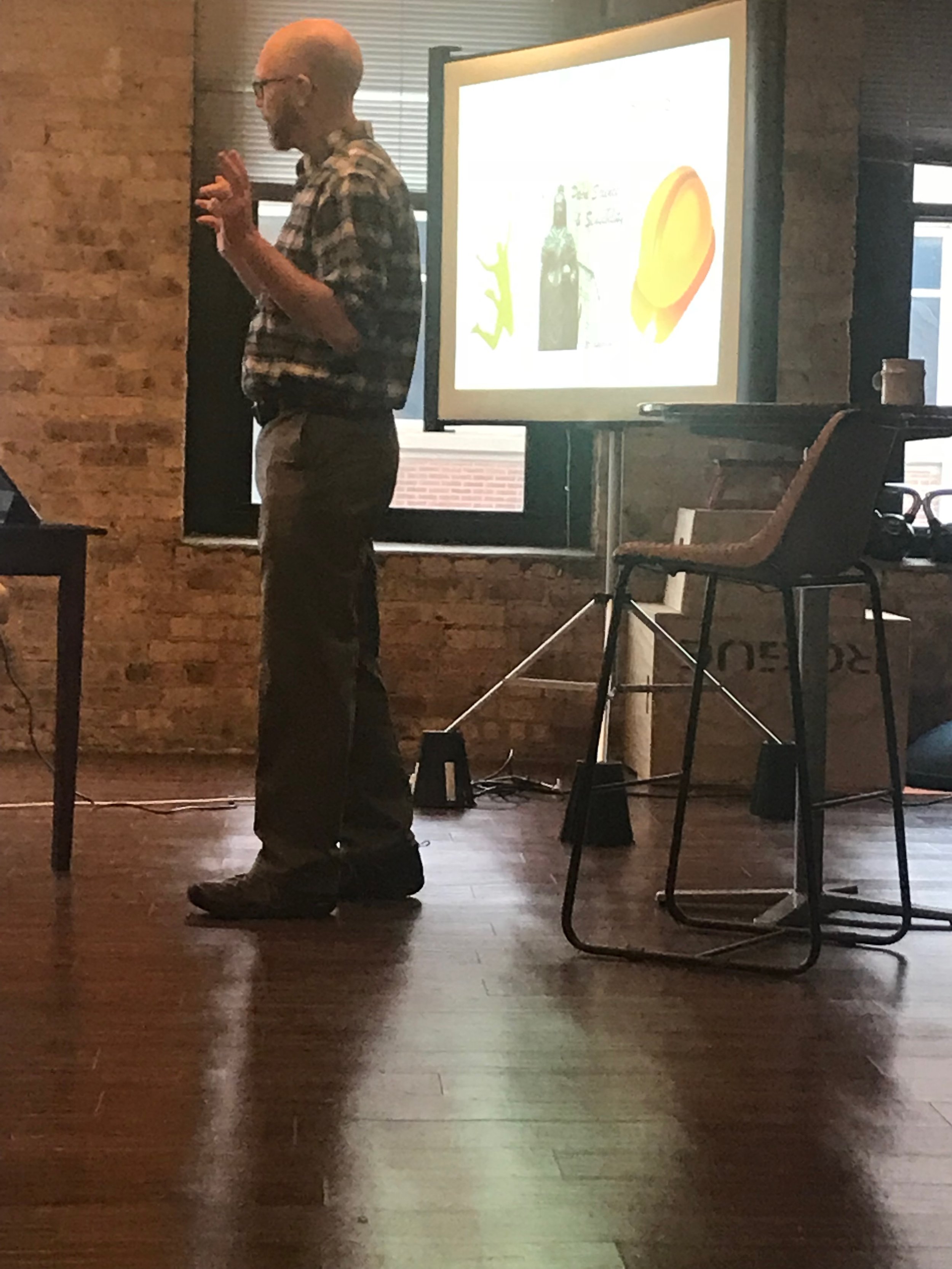Dermo ‑> skin
Neuro ‑> nervous system
Modulation ‑> change
Dermoneuromodulating (DNM) is a method for handling the human body and, most of all, its nervous system, in order to facilitate change, particularly in terms of its pain and motor outputs. DNM will not replace everything therapists have already learned, but it may provide a new conceptual container for it. At the very least it provides the participant with a novel approach to handling that is patient‑ and nervous system‑friendly.
Light and interactive, DNM ignores musculoskeletal structure and instead targets pain directly, by focusing on the nervous system, continuous from skin cell to sense of self, directly. The only “structures” considered in any depth will be skin and the cutaneous nerve, long ignored in manual therapy ‑ participants will be exposed, perhaps for the first time , to the extensive branched system that innervates skin. DNM will provide participants with an expanded frame through which they can set up the all important treatment relationship, assess patients and their pain problems from the brain’s perspective, teach the patient about pain production without faulting them, recruit their cooperation for manual handling, and put them in charge of their own recovery. DNM is based on Melzack’s Neuromatrix framework of pain as output, the most clinically useful pain model in existence from an interactive manual therapy standpoint. Persisting pain is the reason most patients come to see a manual therapist. DNM is a fully interactive treatment model: unlike a strictly operative model, in which, for example, biomechanical “faults” must be found, then “corrected”, DNM considers biomechanical expression as defense, not defect. We put “pain” first; i.e., we put the nervous system of the patient (not their anatomy), and their own subjective complaint, their own interoceptive reality, front and center in the treatment encounter; we add a bit of strategic novel stimuli, then we wait a few minutes, and allow the nervous system to self‑regulate. Subsequent improvement in motor output is assessed and regarded as a sign that the nervous system now works with less intrinsic stress.
